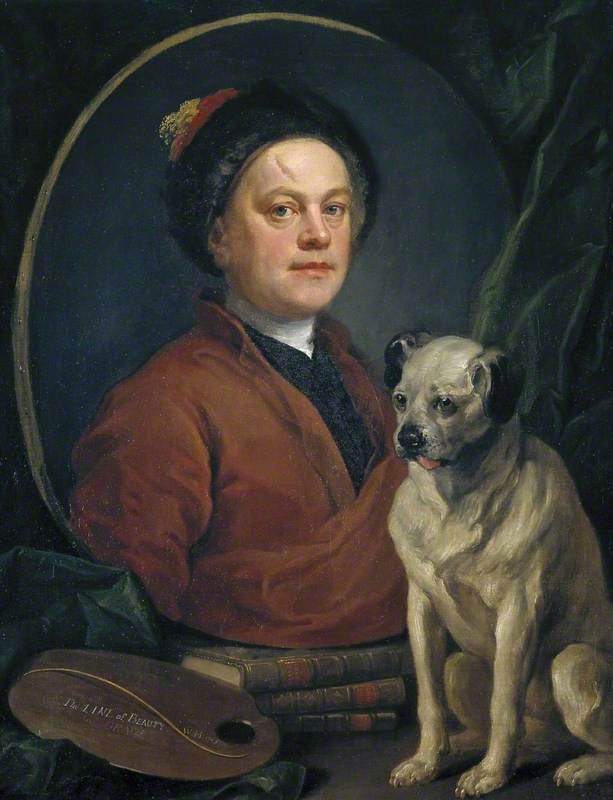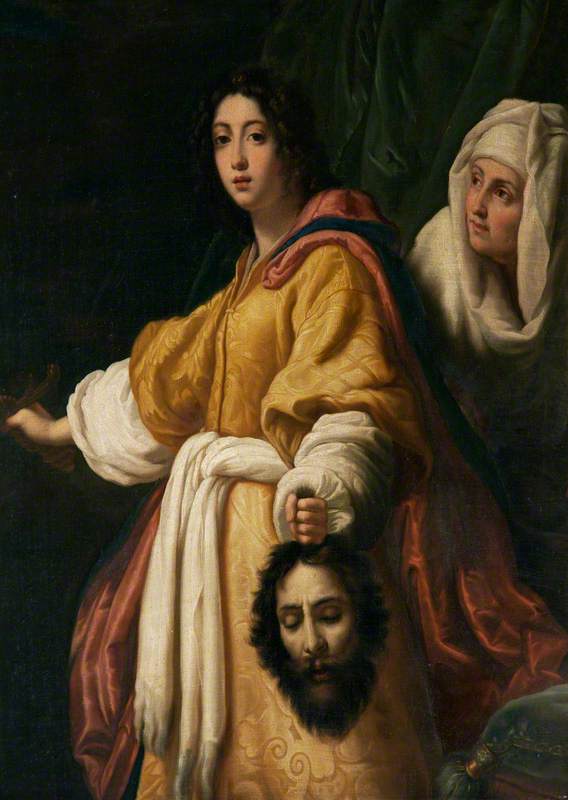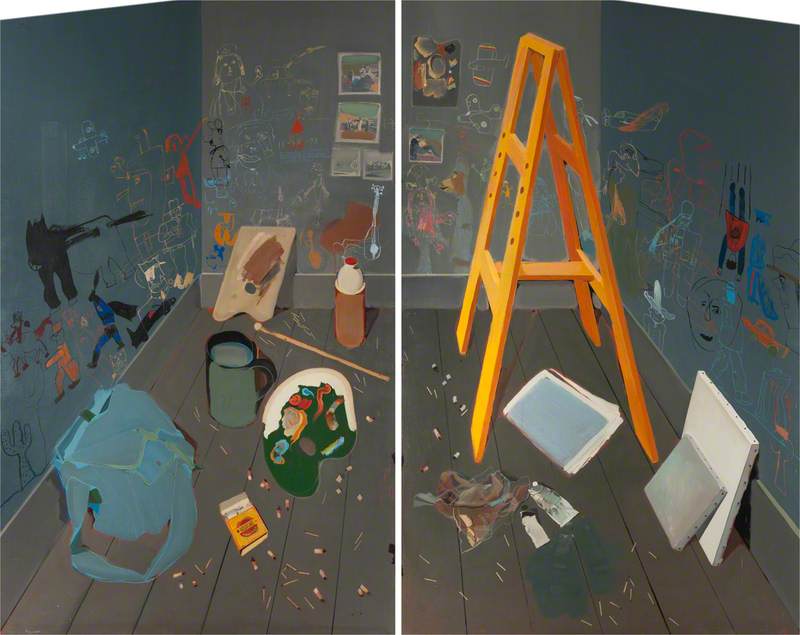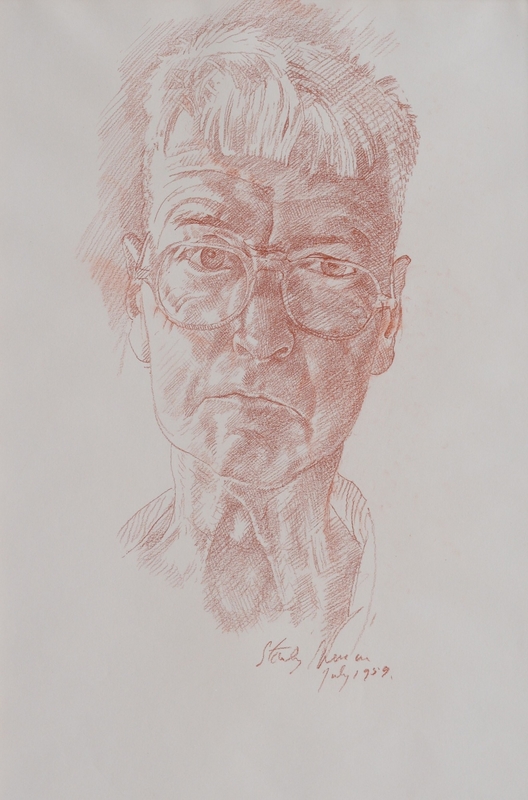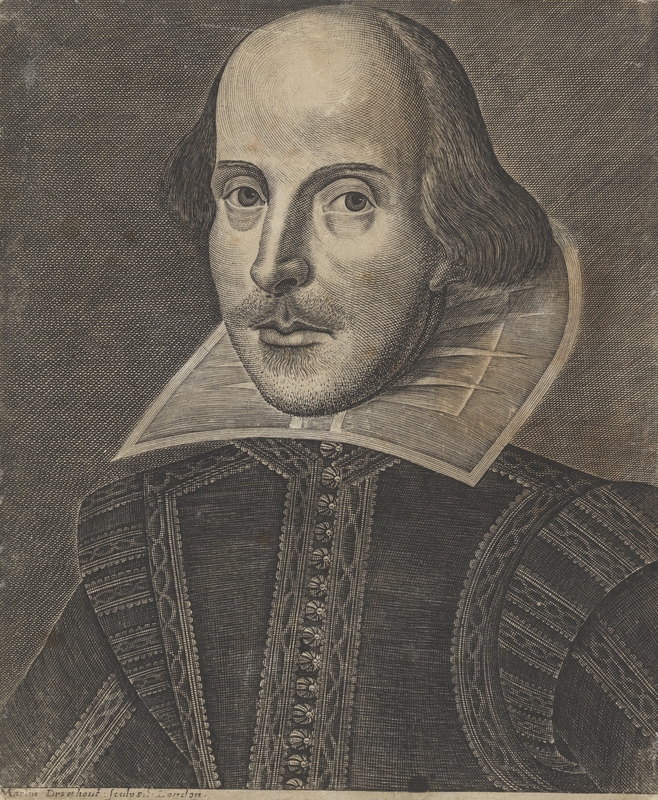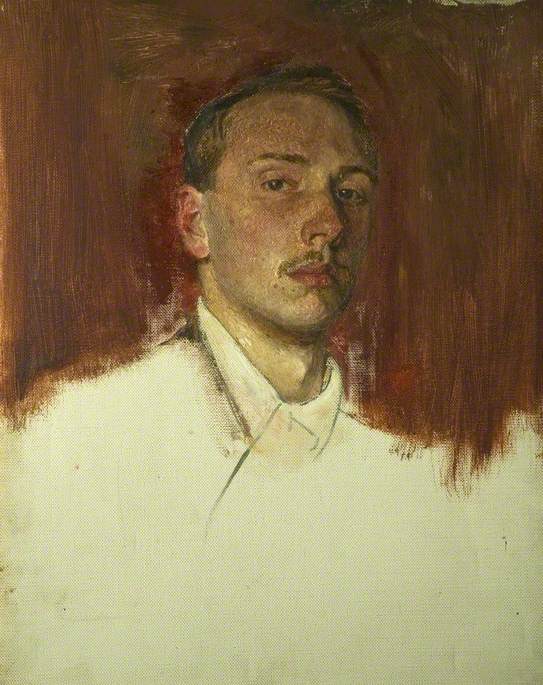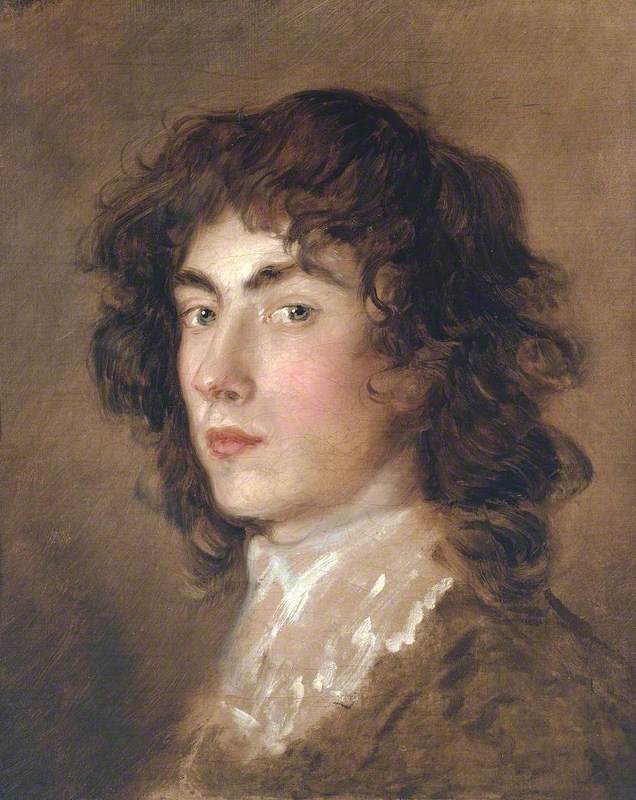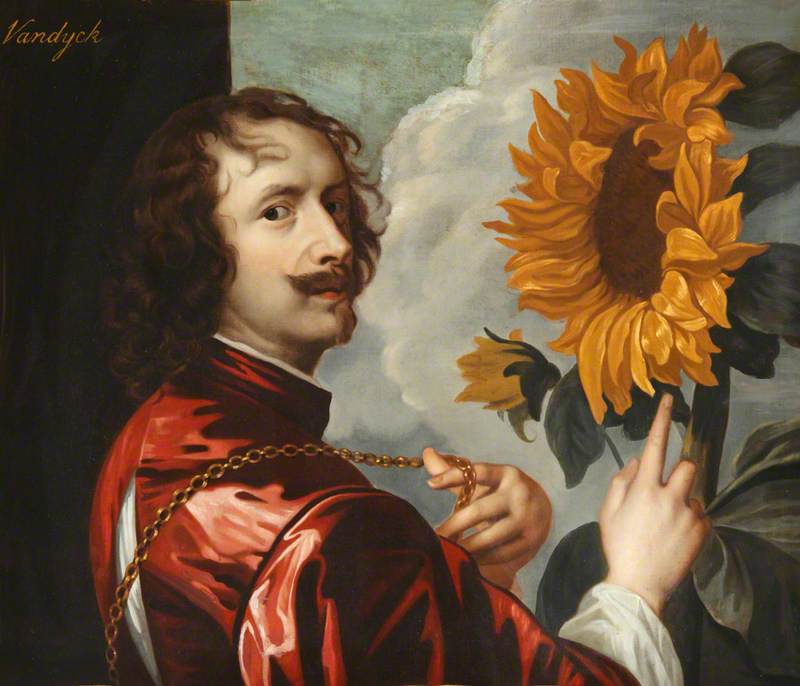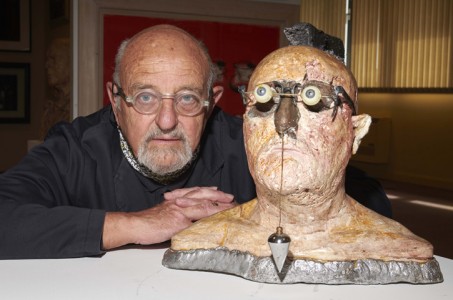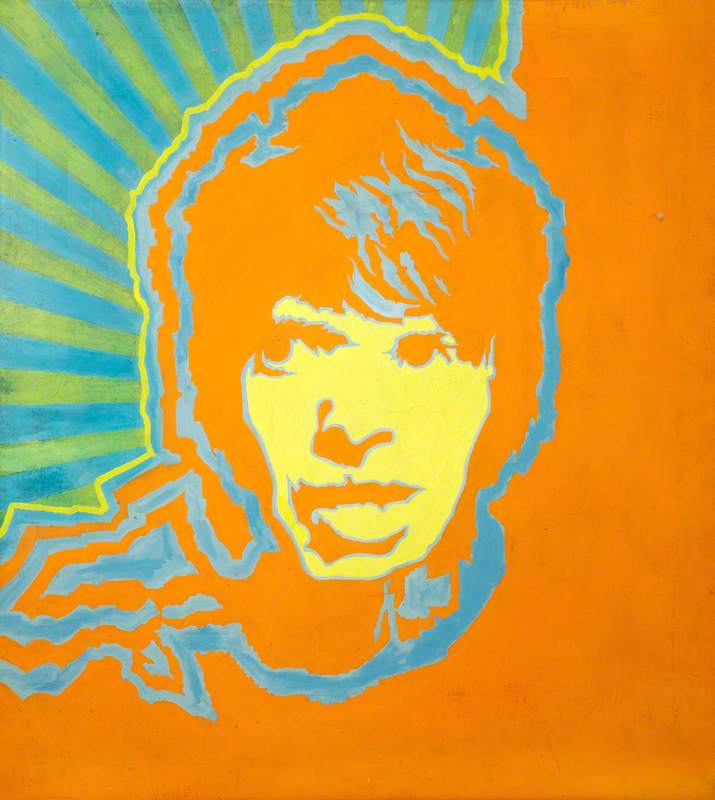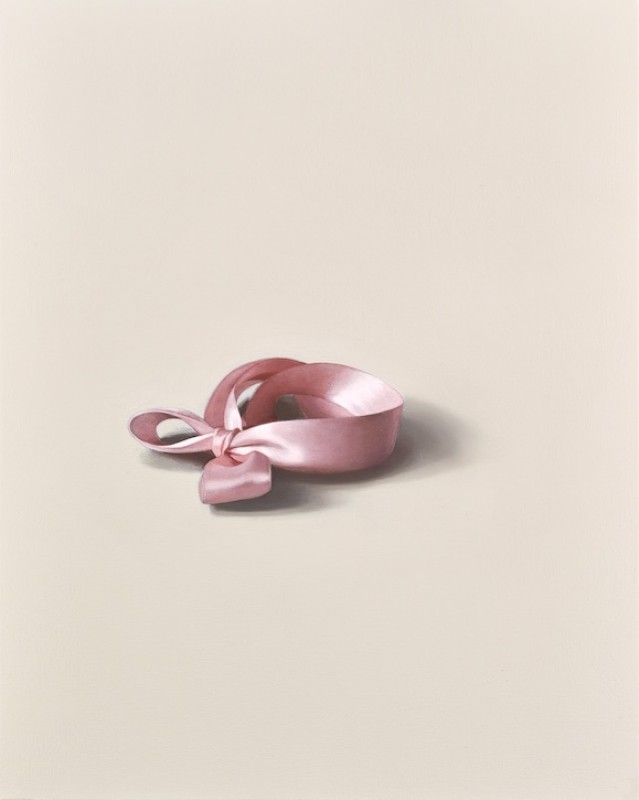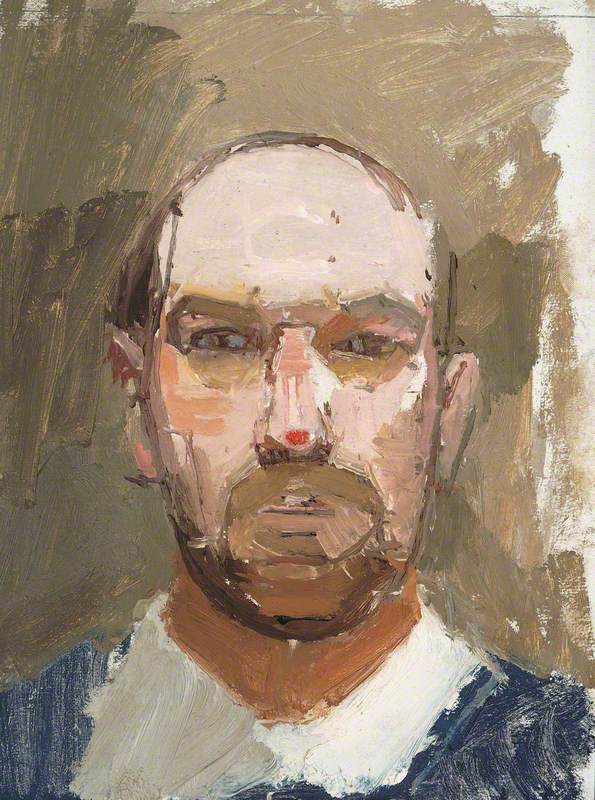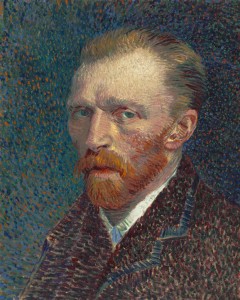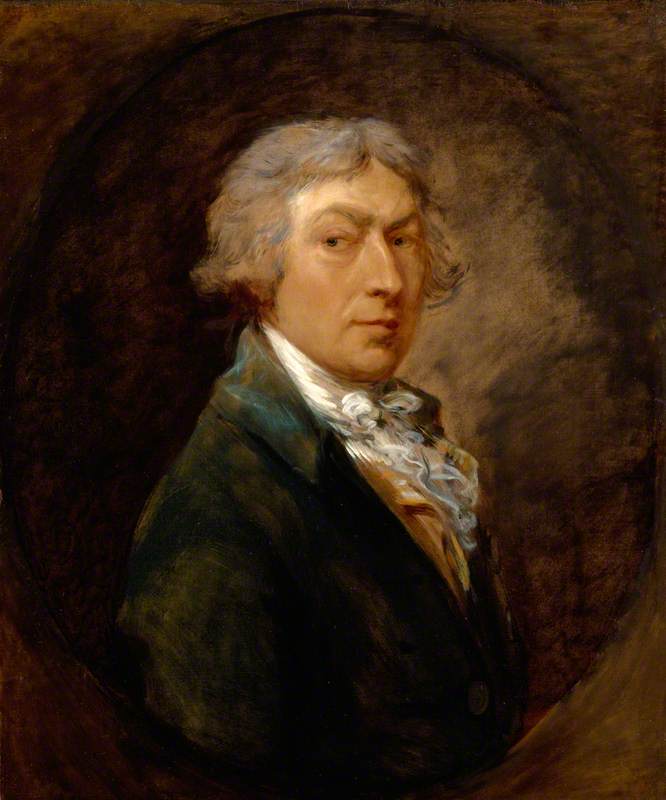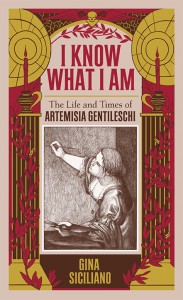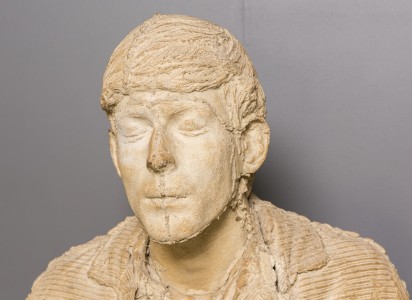Artists have appeared in their own paintings for many reasons over the centuries. Painters produce self portraits, or depict themselves as figures in a scene in which they would naturally appear. Frederick William Ewell can be seen at the far left of this group portrait of artistic contemporaries, for example.
The Royal Academy Selection and Hanging Committee, 1938
1938
Frederick William Elwell (1870–1958) 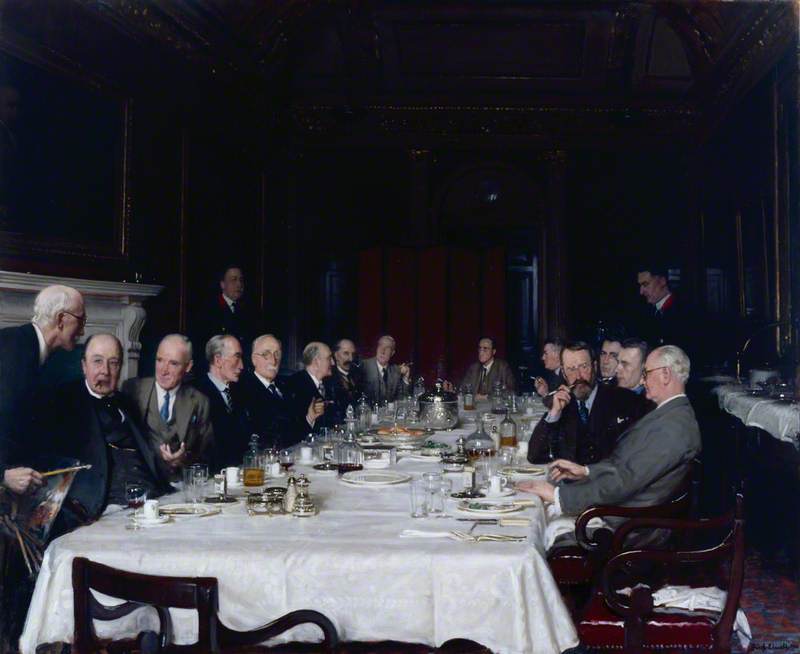
Self portraiture is often a way for artists to communicate what they consider to be their essential characteristics. Hogarth painted himself with his pug dog 'Trump', as he believed the two shared the same pugnacious character.
In other cases, artists insinuate themselves in paintings in unexpected and subtle ways. Before you start, I know there's a case to be made that, in a way, every painting is a self portrait. I'm choosing to be a bit more literal than that here, otherwise this article would be over 200,000 paintings long. So here are five times artists have snuck themselves into their own canvases.
1.
An Allegory of Prudence
about 1550-65
Titian (c.1488–1576) (and studio) 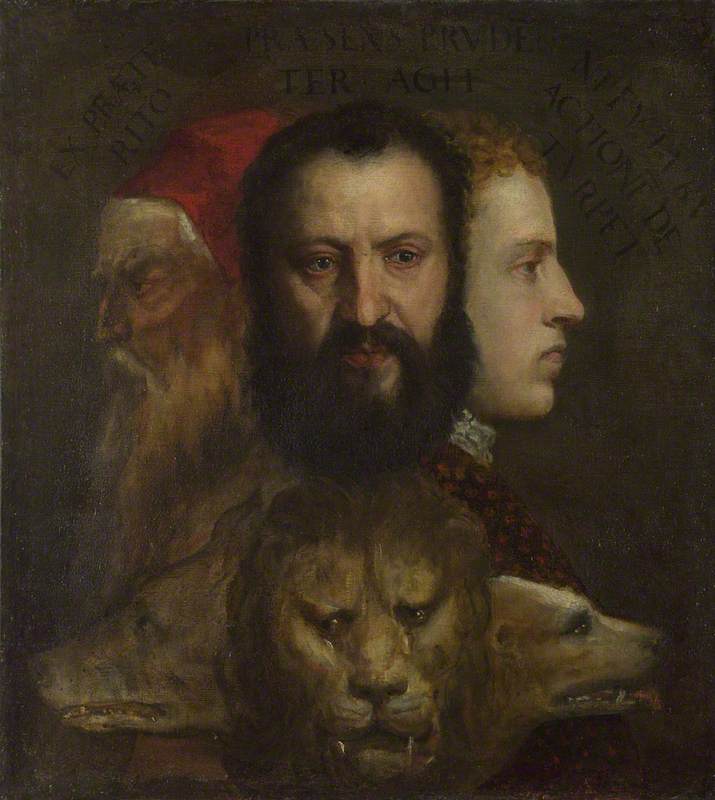
The heads in An Allegory of Prudence represent old age, maturity and youth, from left to right. The central figure resembles Titian's son, the youngest his cousin, and the oldest figure is thought to be a portrait of Titian himself.
After this, the message is ambiguous. Is it an imploration from Titian and his heirs to act prudently when the artist's property is passed on at death? Or is Titian lamenting the fact he did not act more prudently in his life, hoping that younger generations won't do the same? In any case, the artist's image weighs heavily on the painting and shapes our understanding of it.
2.
There are many versions of Judith holding the head of Holofernes on Art UK, other paintings show the moment of the beheading. Holofernes, a general invading the city of Bethulia, was seduced by Judith while drunk and his head was promptly removed from his body to stop the siege.
Always a striking image, Cristofano Allori's version takes on a slightly different meaning: his biographer claimed that Holofernes's face is Allori's self portrait, and the scene was intended as an autobiographical reference to a failed affair. Judith is said to resemble the woman he romanced.
The artist's original can be found in the Royal Collection, and a number of copies (including this one from Tabley House) are visible on Art UK.
3.
Portrait of Giovanni(?) Arnolfini and his Wife
1434
Jan van Eyck (c.1380/1390–1441) 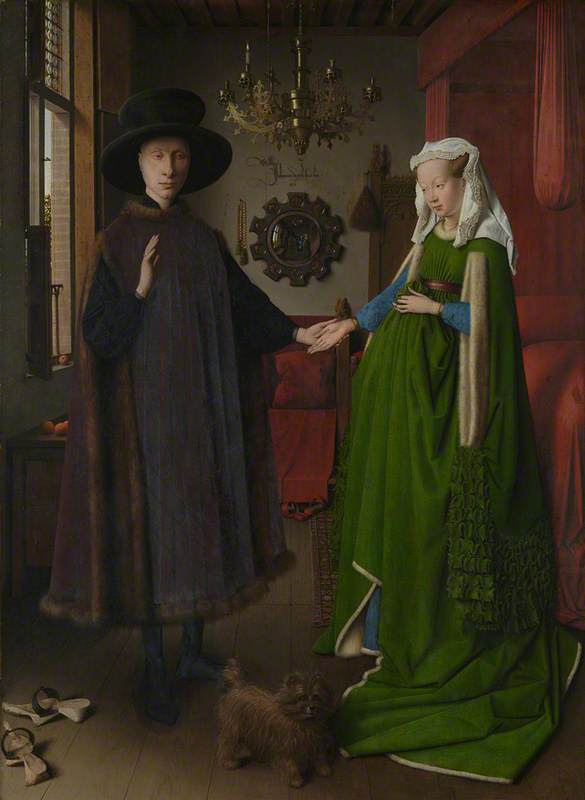
Van Eyck makes his presence known in the Arnolfini portrait with a piece of graffiti inscribed above the mirror; a Latin inscription that translates to 'Jan van Eyck was here, 1434'. There are two figures reflected in the mirror, one of whom might be Van Eyck himself. If so, he's cheekily inserted an image of himself directly into the centre of the painting and, as the male figure appears to be raising his hand to greet the two reflections, the artist may have painted the subjects of the work reacting to his entry.
4.
I'm deviating from my 'be literal' rule for number four. Artists' studios have been a common subject in painting throughout history, but to describe an empty studio as a self portrait is notable, I think. John Byrne here uses the environment he presumably lives and works in to reveal something about himself that a conventional portrait wouldn't. The presentation of his studio seems to be a performance of Byrne's identity as an artist. Like any self portrait, this scene implies honesty, but the artist is guiding the production and reception of his own image.
5.
Saint Luke
(possibly a self portrait of the artist as Saint Luke)
unknown artist 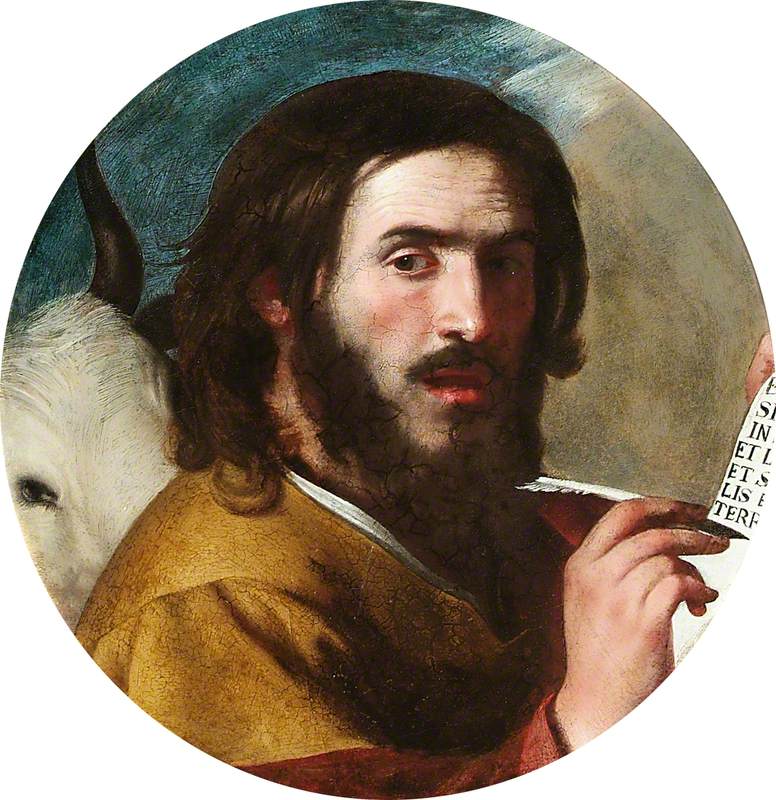
Of course, in a lot of cases artists don't mean to conceal their identity in paintings, we just don't recognise their image, so they go unnoticed and unknown. The lack of accessible information on portraiture is common when adequate records on older paintings were not kept, have been lost or never existed, and extends into the twentieth and twenty-first centuries, especially in cases where portraiture has become less fixed to describing physical appearances.
This portrait of Saint Luke is one such painting. It's possibly a self portrait of an unknown painter, painted at an unknown date. Luke is the patron saint of artists, so he's a natural figure for an artist to associate himself with.
There will be many examples of possible self portraits on Art UK.
Here's one. Here's another. If you suspect a portrait is actually a self portrait, propose an Art Detective discussion with evidence and we can forward your thoughts to the collections that own them.
Edward Stone, Art UK Project Officer
